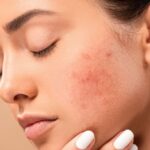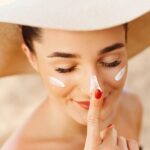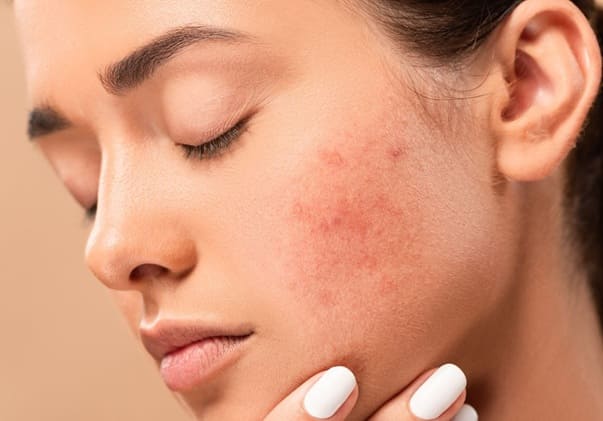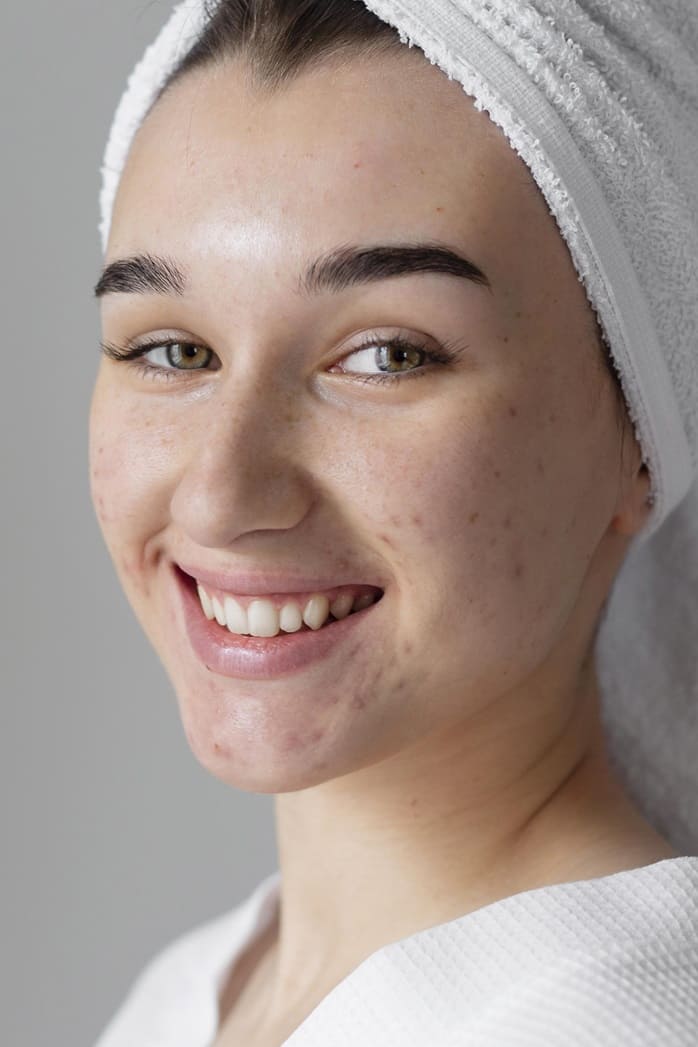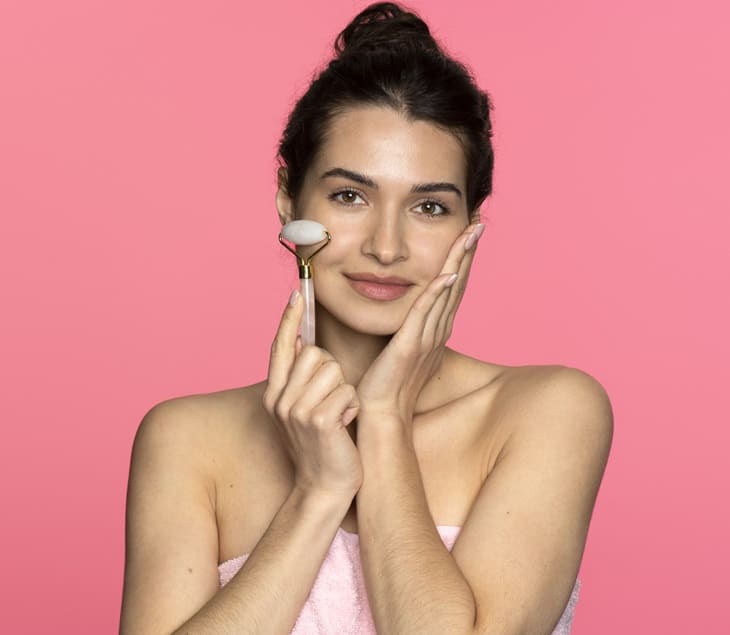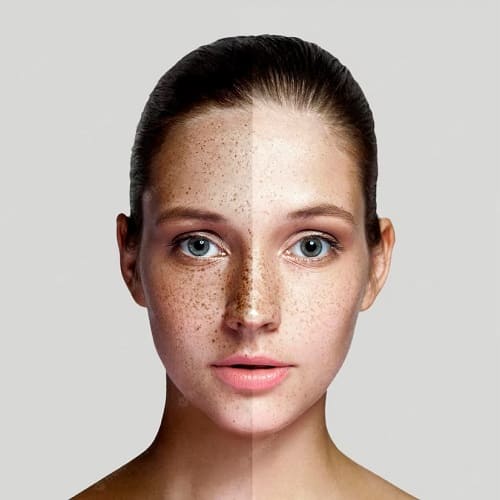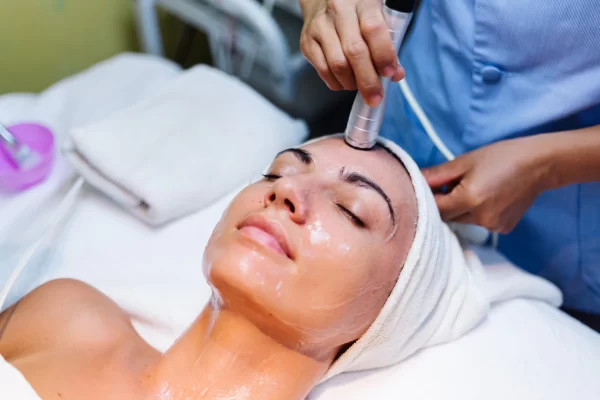Acne is a common skin condition that affects millions of people worldwide, but hormonal acne is particularly frustrating due to its persistence and recurrence. Unlike regular acne, which can be caused by external factors like poor hygiene or diet, hormonal acne is triggered by fluctuations in hormone levels.
Hormonal acne affects both teenagers and adults, but it is more common in women due to hormonal changes caused by menstrual cycles, pregnancy, polycystic ovary syndrome (PCOS), and menopause.
In this comprehensive guide, we will cover:
- What is hormonal acne?
- Causes and symptoms
- Best treatment options
- Lifestyle changes to prevent hormonal acne
Let’s dive into everything you need to know about managing and treating hormonal acne effectively.
What is Hormonal Acne?
Hormonal acne is caused by imbalances in androgens (testosterone, DHT), estrogen, and progesterone. These fluctuations lead to excess oil (sebum) production, clogged pores, and inflammation, resulting in breakouts.
Unlike regular acne, hormonal acne often presents as deep, cystic pimples that are painful, inflamed, and slow to heal.
Symptoms of Hormonal Acne
If you suspect that your acne is hormonal, look for the following signs:
Location: Breakouts occur mostly on the jawline, chin, neck, and lower cheeks.
Type of Acne: Deep, cystic pimples instead of surface-level blackheads or whiteheads.
Cyclical Nature: Acne worsens before or during menstruation. It can occur around perimenopausal period
Persistent & Recurring: Hormonal acne is stubborn and tends to reappear regularly.
Causes of Hormonal Acne
1. Androgen Hormones (Testosterone & DHT)
- Increased testosterone levels stimulate the sebaceous glands, leading to excess oil (sebum) production.
- Dihydrotestosterone (DHT), a stronger form of testosterone, overstimulates oil glands, worsening acne.
2. Menstrual Cycle & Hormonal Fluctuations
- Before menstruation, estrogen drops, and progesterone rises, making the skin oilier.
- This hormonal shift leads to breakouts 1week to a few days before the period.
3. Polycystic Ovary Syndrome (PCOS)
- Women with PCOS have higher androgen levels, leading to chronic acne, irregular periods, and excess facial hair growth.
4. Pregnancy & Postpartum Hormonal Changes
- Pregnancy causes major hormonal shifts, which can either improve or worsen acne.
- Postpartum acne occurs as hormones adjust after childbirth.
5. Stress & Increased Cortisol
- Chronic stress increases cortisol, which triggers excess oil production.
- High cortisol levels also increase inflammation, making acne worse.
6. Menopause & Perimenopause
- A decline in estrogen and an increase in androgens lead to midlife acne in women.
- This type of acne is deep, cystic, and slow to heal.
7. Diet & Insulin Resistance
- Dairy, sugar, and processed foods spike insulin, leading to increased androgen production.
- High-glycemic foods (white bread, sweets, fast food) trigger inflammation and breakouts.
Treatment Options for Hormonal Acne
Prescription Medications
For severe or persistent hormonal acne, dermatologists may recommend:
Oral Contraceptives (Birth Control Pills)
- Birth control pills regulate estrogen and progesterone levels to control androgens.
- Works well for hormonal acne linked to menstrual cycles.
Anti-Androgen Medications
- Blocks excess androgens from overstimulating oil glands.
- Effective for women with PCOS-related acne.
- Reduces oil production and inflammation.
Isotretinoin for Severe Cases
- Shrinks oil glands hence reducing acne formation.
- Often used as first line treatment for Grade 4 acne.
- Requires strict medical supervision due to potential side effects.
Antibiotics
- Short-term use reduces inflammation and bacteria.
- Best results when combined with topical retinoids.
- Can be given as daily dosing or as pulse dosing as preferred by the dermatologist.
Topical Treatments;
Retinoids (Tretinoin, Adapalene)
- Exfoliate the skin and prevent clogged pores.
- Speeds up cell turnover and reduces acne scars.
Benzoyl Peroxide
- Kills acne-causing bacteria and reduces inflammation.
- Works well for pustules and inflammatory acne.
- Doesn’t cause resistance.
Salicylic Acid (BHA, 2%)
- Unclogs pores and prevents new breakouts.
- Best for blackheads and small pimples.
Azelaic Acid (10% – 20%)
- Reduces inflammation and fades acne scars.
- Safe for pregnant and sensitive skin types.
Niacinamide (Vitamin B3)
- Good for acne with some mild pigmentation
- Has mild anti-inflammatory properties.
Other Antibacterials (Clindamycin, Nadoxin, Ozenoxacin)
- Reduces inflammation and possibilities of developing post acne pigmentation when used in early stages.
- Causes resistance if used indiscriminately hence dermatologist prescription is mandatory.
Tea Tree Oil (2% – 5%)
- Natural antibacterial agent.
- Best for mild acne when diluted properly.
In-Clinic Treatments
Chemical Peels (Glycolic, Salicylic, Yellow Peel)
- Chemical Peels exfoliates skin, unclogs pores, and fades acne scars.
- Can be done as a single peel or sequential peel or as a combination peel depending on the skin condition. Will require between 6-10 sessions depending on the grade of acne and pigmentation.
Laser Therapy (Carbon Laser Toning, IPL, Fractional CO2 Laser)
- Carbon Laser toning/Carbon Peel is excellent for inflammatory acne and redness. Helps in shrinking the sebaceous glands hence reducing the oil secretion .
- IPL-useful for post acne redness
- Fractional Co2/Erbium Yag –useful for acne scars
Microneedling with PRP (Vampire Facial)
- stimulates collagen production, improving acne scars.
Intralesional Steroid injections
- Given for cystic acne to reduce pain and inflammation
- Gives relief in 1-2 days
Fractional Co2/Erbium YAG and Microneedling sessions with PRP should be done only after the acne breakouts have been well controlled. These treatments can be combined at a gap of 6 weeks to get best results.
Lifestyle Changes for Hormonal Acne
- Reduce Dairy & Sugar: Avoid milk, cheese, refined sugar, and high-glycemic foods.
- Eat Omega-3s & Antioxidants: Include salmon, flaxseeds, green tea, and turmeric.
- Take Zinc Supplements: Zinc reduces inflammation and oil production.
- Stay Hydrated: Drink 2-3 liters of water daily to flush out toxins.
- Manage Stress: Practice yoga, meditation, and deep breathing to lower cortisol levels.
- Prioritize Sleep: 7-8 hours of quality sleep helps regulate hormone levels.
Hormonal acne can be frustrating, but with a combination of skincare, lifestyle adjustments, and professional treatments offers the best long-term results.
If you’re unsure which treatment is right for you, consult best dermatologist to get a personalized acne treatment plan.
Consult FMS Skin & Hair Clinics, Best Cosmetic Skin Clinic in Hyderabad for Advanced Cosmetic Skin Care Treatments
For Appointment Booking. Please call us or WhatsApp at 8885060760 Or Email Us at [email protected]

Author: Dr. Radhika


